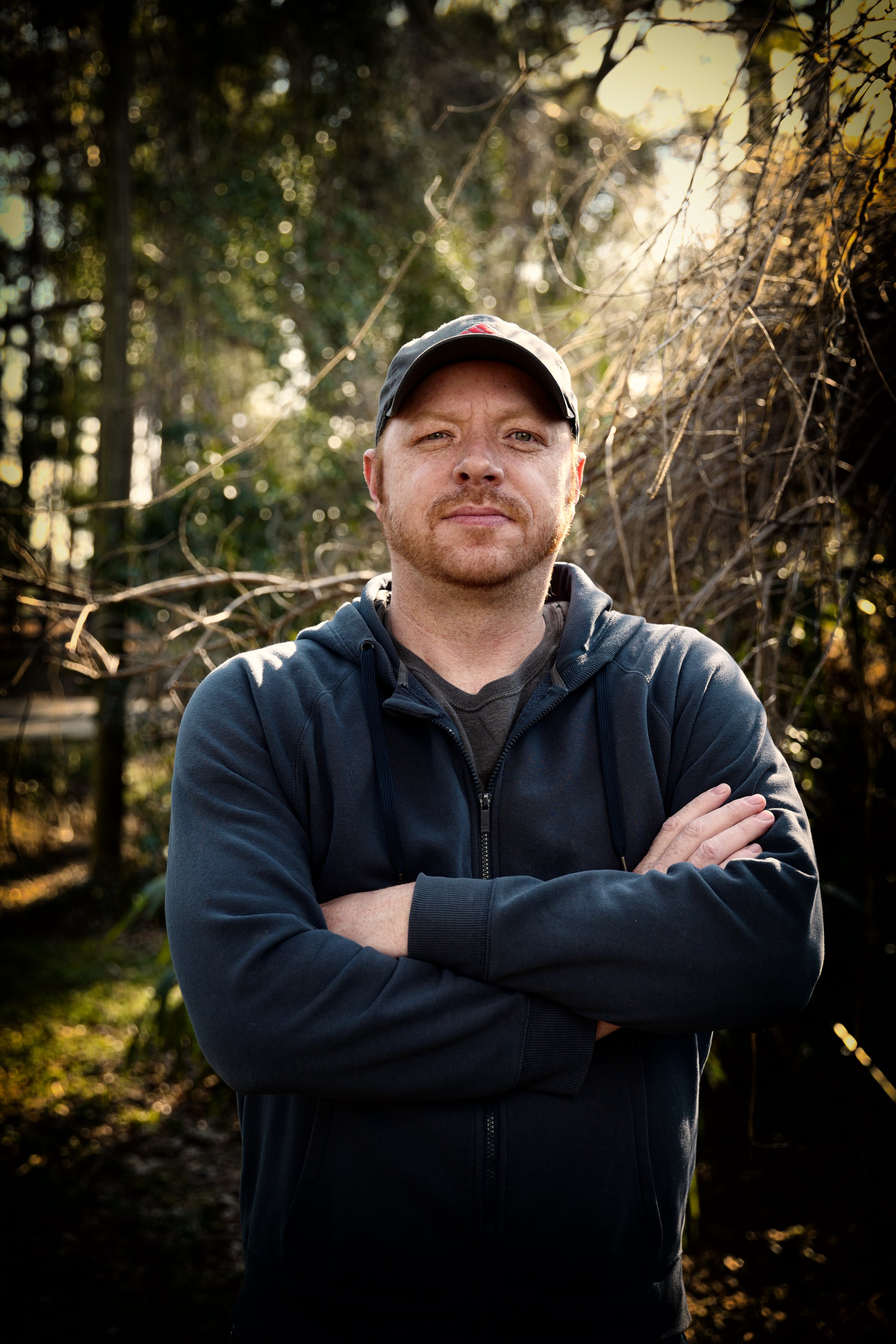A Biased View of Uv/vis/nir
A Biased View of Uv/vis/nir
Blog Article
Things about Spectrophotometers
Table of ContentsGet This Report on Uv/vis/nirFascination About Spectrophotometers6 Simple Techniques For Uv/vis/nirThe 2-Minute Rule for Circularly Polarized LuminescenceNot known Facts About Uv/vis/nir

Spectrophotometry is a tool that hinges on the quantitative analysis of molecules depending on how much light is absorbed by colored compounds.
All about Circularly Polarized Luminescence
A spectrophotometer is typically utilized for the measurement of transmittance or reflectance of options, transparent or nontransparent solids, such as sleek glass, or gases. Numerous biochemicals are colored, as in, they soak up noticeable light and for that reason can be measured by colorimetric treatments, even colorless biochemicals can often be converted to colored compounds appropriate for chromogenic color-forming responses to yield substances suitable for colorimetric analysis.: 65 Nevertheless, they can likewise be designed to measure the diffusivity on any of the listed light ranges that usually cover around 2002500 nm using different controls and calibrations.
An example of an experiment in which spectrophotometry is utilized is the decision of the equilibrium constant of a service. A specific chain reaction within a solution may happen in a forward and reverse direction, where reactants form products and products break down into reactants. At some time, this chain reaction will reach a point of balance called a stability point.
The Spectrophotometers Statements
The amount of light that travels through the option is indicative of the concentration of specific chemicals that do not allow light to travel through. The absorption of light is due to the interaction of light with the electronic and vibrational modes of particles. Each kind of molecule has an individual set of energy levels related to the makeup of its chemical bonds and nuclei and therefore will absorb light of specific wavelengths, or energies, leading to distinct spectral properties.
Using spectrophotometers spans numerous scientific fields, such as physics, products science, chemistry, biochemistry. circularly polarized luminescence, chemical engineering, and molecular biology. They are widely utilized in numerous industries including semiconductors, laser and optical production, printing and forensic evaluation, as well as in labs for the study of chemical compounds. Spectrophotometry is frequently used in measurements of enzyme activities, decisions of protein concentrations, decisions of enzymatic kinetic constants, and measurements of ligand binding reactions.: 65 Eventually, a spectrophotometer is able to figure out, depending on the control or calibration, what substances exist in a target and exactly how much through computations of observed wavelengths.
Created by Arnold O. Beckman in 1940 [], the spectrophotometer was created with the help of his colleagues site web at his company National Technical Laboratories established in 1935 which would become Beckman Instrument Company and eventually Beckman Coulter. This would come as a service to the formerly developed spectrophotometers which were unable to take in the ultraviolet correctly.
Some Of Circularly Polarized Luminescence
It would be found that this did not provide satisfactory results, therefore in Design B, there was a shift from a glass to a quartz prism which allowed for better absorbance outcomes - UV/Vis (https://www.giantbomb.com/profile/olisclarity1/). From there, Design C was born with an adjustment to the wavelength resolution which wound up having three units of it produced
It was produced from 1941 to 1976 where the rate for it in 1941 was US$723 (far-UV devices were an alternative at additional cost). In the words of Nobel chemistry laureate Bruce Merrifield, it was "probably the most important instrument ever developed towards the advancement of bioscience." Once it became stopped in 1976, Hewlett-Packard produced the very first commercially readily available diode-array spectrophotometer in 1979 called the HP 8450A. It irradiates the sample with polychromatic light which the sample absorbs depending on its residential or commercial properties. Then it is sent back by grating the photodiode array which spots the wavelength region of the spectrum. Because then, the creation and application of spectrophotometry gadgets has actually increased immensely and has actually become one of the most innovative instruments of our time.

An Unbiased View of Uv/vis
Historically, spectrophotometers utilize a monochromator containing a diffraction grating to produce the analytical spectrum. The grating can either be movable or repaired. If a single detector, such as a photomultiplier tube or photodiode is used, the grating can be scanned stepwise (scanning spectrophotometer) so that the detector can measure the light intensity at each wavelength (which will correspond to each "action").
In such systems, the grating is repaired and the intensity of each wavelength of light is determined by a various detector in the variety. When making transmission measurements, the spectrophotometer quantitatively compares the fraction of light that passes through a recommendation solution and a test solution, then digitally compares the intensities of the 2 signals and computes the portion of transmission of the sample compared to the recommendation standard.

Report this page